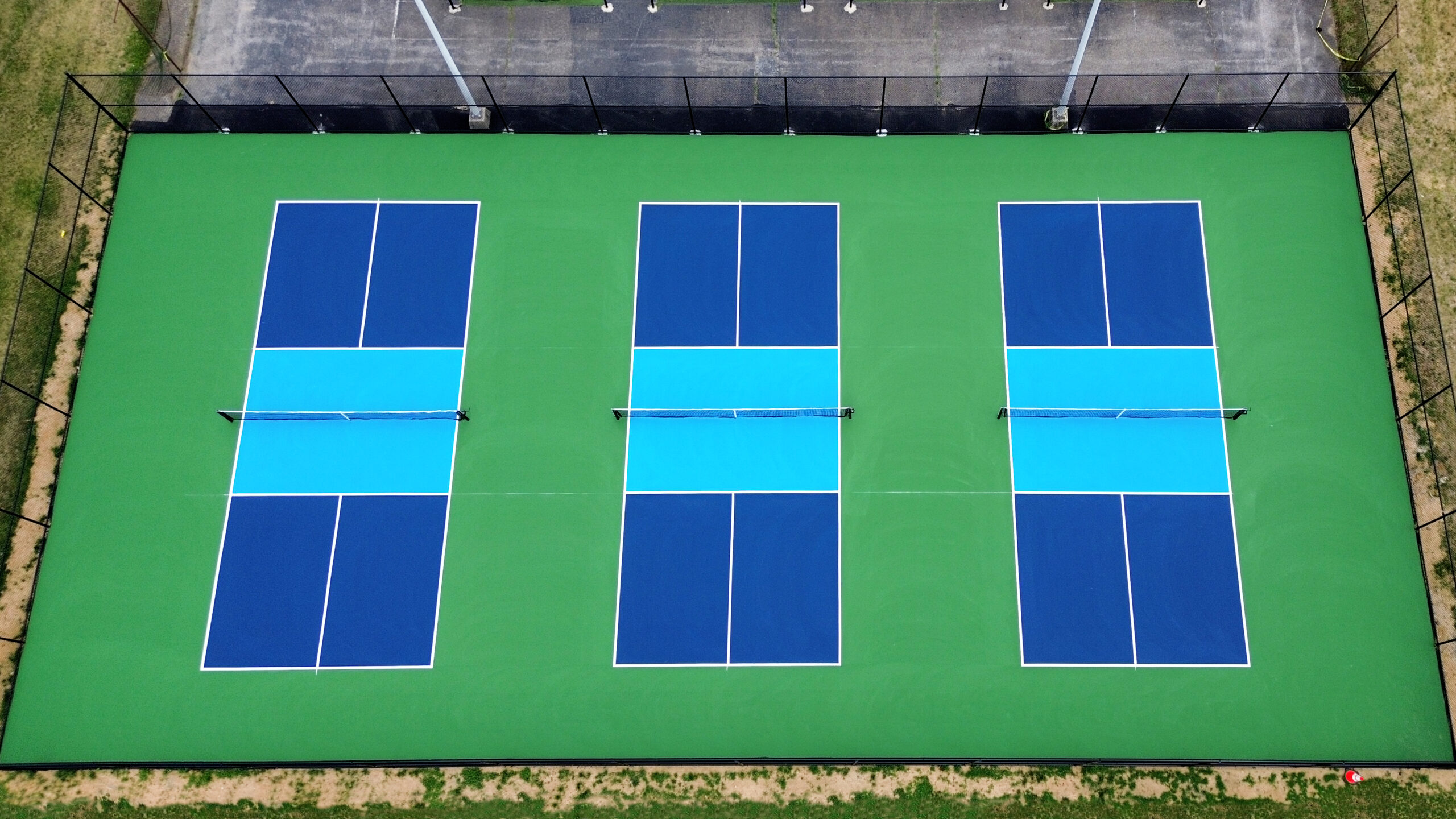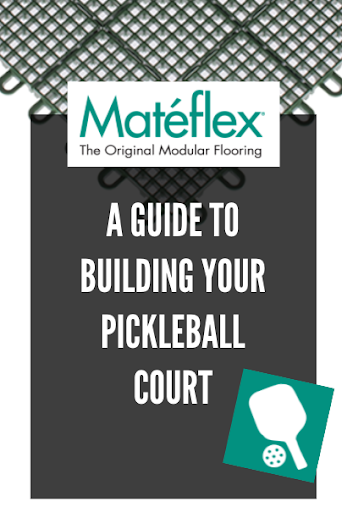Pickleball Court Construction-- Important Tips for a Durable Court
Pickleball Court Construction-- Important Tips for a Durable Court
Blog Article
Lasting Practices in Pickleball Court Construction You Must Know
As the popularity of pickleball remains to rise, so as well does the demand for sustainable methods in court construction. This approach not just addresses environmental worries however likewise enhances the longevity and functionality of the courts. From picking environment-friendly products to applying efficient drainage and energy-saving lights services, there are many approaches to take into consideration. Yet, the influence of these methods extends far beyond the court itself. Recognizing exactly how each aspect adds to a more lasting future invites further exploration right into the elaborate equilibrium between recreational development and environmental stewardship.
Choosing Eco-Friendly Materials
Picking green materials is an essential action in the building of sustainable pickleball courts. The selection of lasting products not only lessens ecological impact yet also improves the longevity and efficiency of the court. Key materials include reused rubber for the surface, which supplies outstanding toughness and shock absorption while diverting waste from landfills.
Additionally, utilizing locally sourced materials reduces transport exhausts and supports regional economies. Pickleball court construction. Making use of native woods for fencing and seats can supply a sustainable visual while making sure resilience versus the elements.
Including permeable products for court foundations can additionally contribute to sustainability by permitting for natural water drain and decreasing overflow. These selections not only secure local ecosystems however additionally advertise healthier play atmospheres.
Reliable Water Drainage Solutions
While the selection of green materials is crucial, applying effective drain solutions is equally essential for keeping lasting pickleball courts. Correct drainage not only safeguards the court surface from water damage but likewise reduces erosion and runoff, promoting environmental honesty.
Reliable water drainage systems can consist of absorptive paving, which enables water to infiltrate the ground instead of merging externally. This lowers the possibility of standing water, which can result in mold and other maintenance issues. Additionally, including purposefully positioned drain channels and swales can route excess water far from the court area, guaranteeing a dry having fun surface area and stopping soil erosion.
Making use of indigenous vegetation in the landscape design around the courts can better improve drainage by taking in excess water and minimizing overflow. These plants require much less watering and promote biodiversity, aligning with lasting practices.
In addition, it is critical to consistently maintain the drain system to guarantee its long-term efficiency. This consists of clearing debris and tracking for blockages. By focusing on effective water drainage solutions, pickleball court manufacturers can considerably add to the sustainability and long life of the center, ultimately benefiting both gamers and the atmosphere.
Energy-Efficient Lights Options
As the need for pickleball proceeds to expand, integrating energy-efficient illumination choices right into court layout has actually come to be significantly vital for sustainability. Traditional lighting systems typically take in too much power, contributing to greater functional prices and ecological effect. As a result, adopting modern, energy-efficient modern technologies is crucial for both brand-new building and constructions and improvements.
LED (Light Emitting Diode) illumination stands apart as a premier visit here option because of its longevity and power savings (Pickleball court construction). Contrasted to conventional lights, LEDs use roughly 75% much less energy and can last approximately 25 times much longer, considerably lowering upkeep expenses. In addition, the directional nature of LED lights minimizes light contamination, making sure that lighting is concentrated on the court as opposed to surrounding locations.

Lasting Surface Alternatives
Discovering lasting surface choices for pickleball courts has acquired grip among builders and gamers alike. The emphasis on eco-friendly materials not only lines up with the expanding ecological awareness yet additionally boosts the efficiency and sturdiness of the courts.
One preferred choice is using recycled rubber, which can be sourced from utilized tires. This material offers outstanding shock absorption, minimizing the threat of injuries for gamers while promoting sustainability. Additionally, modular tiles made from recycled plastics offer one more feasible choice. These ceramic tiles are simple to set up and change, and their convenience enables different court arrangements.
Natural lawn courts are also becoming a lasting option, advertising biodiversity and minimizing the warmth island impact. However, they need routine maintenance and water, which may not straighten with all sustainability goals.

Water Preservation Strategies

Another efficient technique includes the setup of rainwater harvesting systems. These systems keep and accumulate rainwater for use in keeping court surfaces and landscape design. This approach not just conserves safe and clean water but additionally decreases dependence on community sources.
In addition, employing drought-resistant landscape design around the courts is important. Indigenous plants call for less water and are better adjusted to neighborhood environment conditions, therefore lowering overall water usage. Additionally, utilizing effective watering systems, such as drip watering, ensures that water is provided straight to plant origins, reducing evaporation and waste.
Final Thought
Including sustainable methods in pickleball court construction significantly adds to ecological conservation and resource effectiveness. Making use of environmentally friendly materials, applying reliable water drainage solutions, and adopting energy-efficient lighting options can significantly minimize environmental influence. Exploring sustainable surface area options and employing water preservation methods enhance the total sustainability of these entertainment facilities. By focusing on these methods, the building and construction of pickleball courts can line up with broader ecological objectives while promoting long life and performance within areas.
As the appeal of pickleball continues to climb, so also does the need for sustainable methods in court building and construction.Picking environmentally friendly materials is an essential action in the construction of sustainable pickleball courts. By prioritizing energy-efficient lighting options, pickleball court manufacturers can add to an extra lasting future while satisfying the needs of players and stakeholders alike.Incorporating lasting surface area choices not just boosts the efficiency of pickleball courts yet additionally leads the means for implementing view it effective water conservation strategies.Including lasting practices in pickleball court construction significantly adds to environmental conservation and source effectiveness.
Report this page